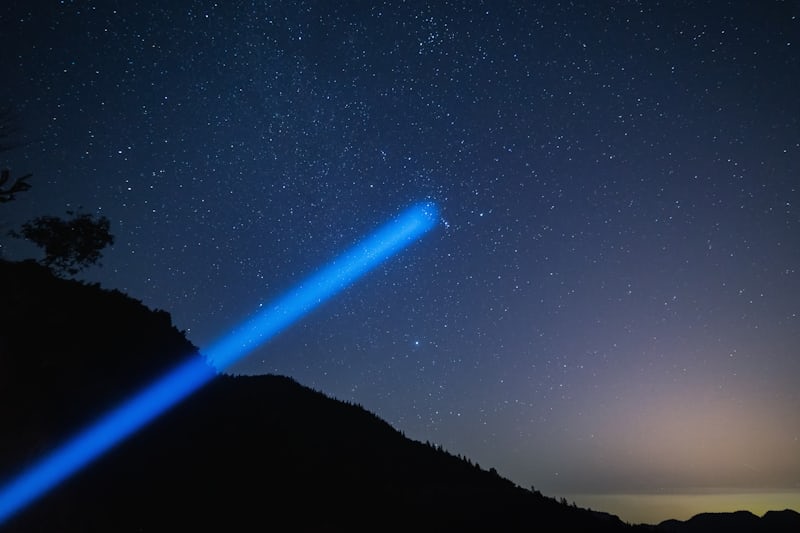Halley's comet or commonly called Comet Halley, was the very first comet in the history humankind whose return was predicted. Over 3 centuries later it is also the first to be imaged by interplanetary spacecrafts.
Edmond Halley- and English astronomer published the first catalog of the orbits of 24 comets in 1705. His calculations showed that comets observed in 1531, 1607, and 1682 all had very similar orbits. Halley speculated that 'all' the comets were really just one comet that returned periodically every 76 years, armed with this he predicted the comet’s return in 1758. Unfortunately Halley was not able to see his prediction come due to his untimely passing in 1742, but the comet was sighted late in 1758, passed perihelion (closest distance to the Sun) in March 1759, and was named in honour of Halley’. Its periodic returns demonstrates that it orbits the Sun- proving that comets are also a part of our solar system.
Halley’s closest approach to Earth took place on April 10, 837, at a distance of only 0.04 astronomical units [6 million km / 3.7 million miles]. It was the largest and brightest comet seen six months before the* Norman Conquest of England* in 1066 and depicted in the Bayeux Tapestry from that time. Its passage in 1301 may have inspired the form of the Star of Bethlehem that the Italian painter Giotto used in his work-The Adoration of the Magi- painted around the early 1300s. Halley's periodic passage has taken place every 76 years on average, but gravitational influence of the planets on the comet’s orbit has caused the orbital period to vary time to time. During the comet’s return in 1910, Earth passed through Halley’s dust tail, which was millions of kilometres in length, with no apparent effect.
The most-recent appearance of Halley’s Comet in 1986 was greatly anticipated. Astronomers were eager to glimpse at the comet with the 200-inch Hale Telescope at* Palomar Observatory in California* on October 16, 1982, when it was still beyond the orbit of Saturn. It reached perihelion at 0.587 astronomical units[88 million km / 55 million miles] from the Sun on February 9, 1986, and came closest to Earth on April 10 at a distance of 0.417 astronomical units [62 million km / 39 million miles].
Five interplanetary spacecraft flew past the comet in March 1986: two Japanese spacecraft (Sakigake and Suisei), two Soviet spacecraft (Vega 1 and Vega 2), and a ESA(European Space agency) spacecraft (Giotto) that passed only 596 km [370 miles] from the comet’s nucleus.
Close-up images of the nucleus obtained by Giotto showed a somewhat dark 'potato-shaped' object with dimensions of about 15 × 8 km (9 × 5 miles). The nucleus proved to be a mixture of water and other extremely volatile ices and rocky particles along with(silicate) organic dust. Over 70 percent of the nucleu's surface was covered by a dark 'crust' that prevented water ice below it from the phenemenon of sublimation, the other 30 helped release enormous, bright jets of gas and dust. The dark surface explained the extremely high temperature of about 360 kelvins (87 °C [188 °F]) as measured by Vega 1 when the comet was 0.79 astronomical units [118 million km / 73 million miles] from the Sun. The rate of dust and gas emission varied as different active areas on the surface came into sunlight as the comet rotates on its axis.
The comet’s slow disintegration over the millennia and the particles left behind are more than enough proof. The passage of Earth through this debris stream every year is responsible for the Orionid and Eta Aquarid metor showers in October and May, respectively.
Halley’s Comet is expected to return once again to the inner solar system in 2061. 40 years from now!.
